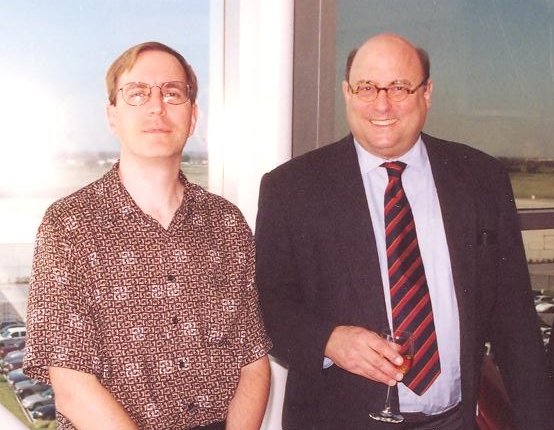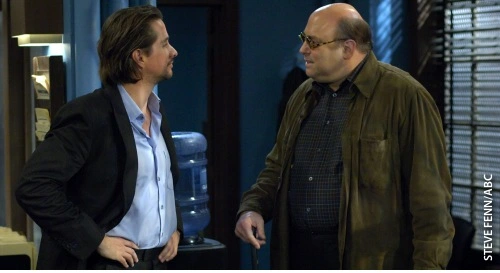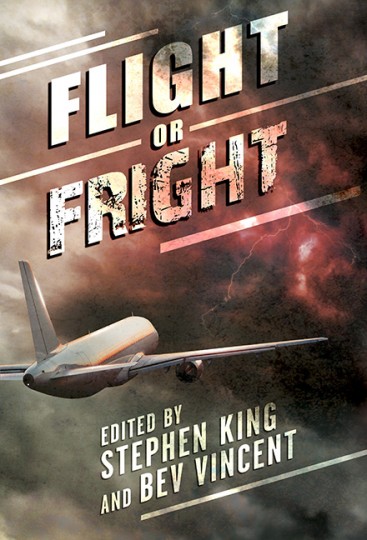I’ve often talked about my Stephen King origin story, how I randomly picked up a paperback copy of ‘Salem’s Lot at a used bookstore in 1979 and was immediately hooked. That book was not only my gateway to King—it stoked an interest in horror in general that had previously eluded me (save for a copy of Poe’s Tales of Mystery and Imagination, which I’d read many years earlier).
There was a convenience store not far from the university dorm where I lived in the early 80s. I don’t have as clear a memory of the evening I went out, probably to get some Pepsi and snacks while I studied. I feel like it was wintertime, but I’m not sure. What I do recall is seeing a paperback copy of Peter Straub’s breakout novel Ghost Story at a display near the checkout. This would probably have been in 1980, since the hardcover release was in 1979. As with ‘Salem’s Lot, I was hooked and had to read more by Straub.
I tracked down copies of If You Could See Me Now and Julia after that. I think I had already become a hardcover buyer by the time Shadowland came out and I definitely was when Floating Dragon was published in 1983. Eventually, I tracked down copies of Marriages and Under Venus (when it was reprinted in hardcover by Stealth Press), and I’ve been keeping up with his new releases ever since.
Although I didn’t know it at the time, my next encounter with Peter came about when he was the judge of Twilight Zone magazine’s first short fiction contest. I hadn’t published anything at the time, so I decided to submit something. I can’t even imagine what the manuscript looked like. Probably single spaced on mill paper (my father worked in a papermill, so we always had stacks of that cheap, brownish paper around). Certainly nothing resembling what a proper manuscript should be. Apart from that, the story was derivative and cringe-worthy. The winner of the contest was Dan Simmons, so you can see how outclassed I was. Fortunately—fortunately!—Peter claimed to have no recollection of my story. Phew.
In the 1990s, internet newsgroups (aka Usenet) was the place to be if you were a fan of something. Peter was an early adopter of the technology, active on both his dedicated group (alt.books.peter-straub) and on the King group (alt.books.stephen-king). Those newsgroups have been preserved by Google, although you have to get through all the modern spam to get back to when they were thriving places. Someone should go through all that stuff someday and curate Peter’s contributions. For example, in 1997 he wrote:
I had no intention of writing anything as ambitious as a trilogy until I finished Mystery. At that point, it seemed to me that I still had not truly come to the end of Tim Underhill’s saga, that he had more to say to me. And I thought it would be useful to combine or link Tim with Tom Pasmore, and in that way to see what Tom what like as an adult. I guess the real center of the impulse was the sense that in spite of everything I had done, I was not really finished with the story, which means at least in part that I had more to learn from it.
A lot of insights written at the time books were published. Hm. Note to self.
Peter and I started emailing each other off-list in the late 1990s. The first message I have from him was a discussion of “Mr. Clubb and Mr. Cuff.” He was intrigued to hear that King’s Bag of Bones was also inspired by “Bartleby the Scrivener,” which had been released as part of the Penguin 60s program, which had stories by both King (“Umney’s Last Case”) and Straub (“The Blue Rose”).
In 1997, Peter was touring in support of Magic Terror and had an appearance in Dallas. I let him know I’d be attending and gave him my (first-ever, brand-spanking new) cell phone number. I made the three-hour drive up I-45 to Dallas and spent some time getting the lay of the land—I’d never been in Dallas before other than DFW airport. I had just tracked down the store where the signing would be held when my phone rang. It was Peter, inviting me to drop by the hotel where he was staying for a pre-event drink. It took me far longer than it should have to find the place (no Google maps in those days!) but I eventually got there and met Peter in the bar. He had a couple of scotches to brace himself for the signing and I gamely kept up. He invited me to join him in the limo taking him to the event. (I was thankful for that after a couple of stiff drinks!) Afterward, he asked the woman who was assigned to escort him around for a restaurant recommendation and he invited me to join him for a very meaty Dallas meal. I don’t really remember much of what we talked about, but it was an evening for the ages. I do recall that he introduced me to the works of someone who would become another favorite author, Graham Joyce.
A few years later, Peter was back in Dallas, this time at a literary event held at the Texas Motor Speedway Club in Fort Worth. (Tony Hillerman and Dan Jenkins were also in attendance, along with some other authors). I met up with my online friend (and uber-King collector) Bob Jackson (who contributed scans of rare material to The Stephen King Illustrated Companion), and we hung out with Peter and his wife for part of the event. Bob took this picture.
I saw Peter again that year at my first World Horror Convention, in Seattle. I had just started writing the column “News from the Dead Zone” for Cemetery Dance and had a few stories in an amateur anthology called Royal Aspirations III. I remember sitting at a table in a hallway outside of the programming rooms beside John Urbancik, trying to hawk our wares. Peter came by and I hailed him. John immediately offered to give Peter a copy of one of his books. Peter pulled out his wallet and offered to buy a copy of our books. That’s the supportive kind of guy he was.
In 2004, Peter was kind enough to supply a blurb for my first book, The Road to the Dark Tower. He wrote, “Bev Vincent is a true King insider, and all of his knowledge radiates through this comprehensive meditation on the Dark Tower books. His book is essential to every reader of Stephen King’s magnificent work.”
He was gregarious and funny. What other writer would create an alter ego to mock his work? Professor Putney Tyson Ridge (the Chairman and sole member of the Department of Popular Culture at Popham College) was a frequent poster on Straub’s website, critiquing—nay, savaging!—most of his novels and collections. In her 2009 interview for Salon, Laura Miller described PTR as “the man Straub might have been if he’d gotten stuck in academia.” At some point, Peter decided to put Ridge out of his misery, posting his obituary.
I know horror authors who are fans of soap operas (Brian Keene, I’m looking at you!), but how many do you know who actually appeared on a soap opera? Peter had a recurring role on One Life to Live as the blind retired cop Pete Braust that seemed to delight him.
We crossed paths many times over the years. He was a regular at NECON until his doctor reportedly forbade him from going. I remember the year the conference was held at Salve Regina in Newport, R.I. One evening a small group of us sat with him at a table on a covered deck while he regaled us with stories, fueled by a special bottle of vodka brought by one of the attendees. He was excited to tell us every detail of his as-yet-unpublished novel In the Night Room. There was a scene where a man looks through the window of a house and sees someone inside. “That’s it!” he said. “That’s what the book is all about!” Another memorable conference appearance was the time he and Gahan Wilson participated in a fundraiser where they took suggestions from the audience for illustrations for Wilson to draw on the spot. That was fun.
His wife recognized me in the audience at the Wavedancer Foundation benefit in New York and insisted I come back stage to where Peter, Steve, John Grisham and Pat Conroy were waiting to go on stage. I have a signed copy of the large-text edition of Black House from that event. I also saw him with his daughter, Emma, at an event in Brooklyn where the two Straubs shared the stage with Owen and Stephen King.
He read from “The Ballad of Ballard and Sandrine” at the World Horror Convention in San Antonio. Afterward, I went out to the lobby and tweeted about the reading and how much I was looking forward to reading the entire novella. Then I went into the next panel, which was about graphic novels. Halfway through, Peter came in and sat beside me. In his stage-whispery voice, he told me about his own experience with graphic novels—The Green Woman, co-written with actor Michael Easton–and then proceeded to rummage around in his bag. He produced the manuscript of “Ballard and Sandrine,” signed and inscribed it and gave it to me. That’s one of my treasures.
I’ve read just about all of Peter’s fiction. Sometimes I struggled with his shorter works, but I always thoroughly enjoyed his novels, especially the way they seemed to inspect each other from different points of view. I think I’ll have to go back and reread some of them. Bill Sheehan’s terrific book At the Foot of the Story Tree stood as a model for me about how to explore a writer’s career. Sadly, it only covers up to Mr. X in 2000. Maybe Bill could be convinced to do an update? That would only involve four or five novels, a couple of short story collections, five novellas and some non-fiction.
Although we are all sad at the loss of a fine writer and a great man, it has been heartening to see tribute after tribute on Facebook. So many people had either long, ongoing friendships with him or shorter but memorable and inspiring encounters with him. He seemed to have time for everyone he met, especially in public, but not only there. He was fun-loving, gregarious, supportive, energetic, intelligent and kind. And a helluva writer. He shall be missed.



